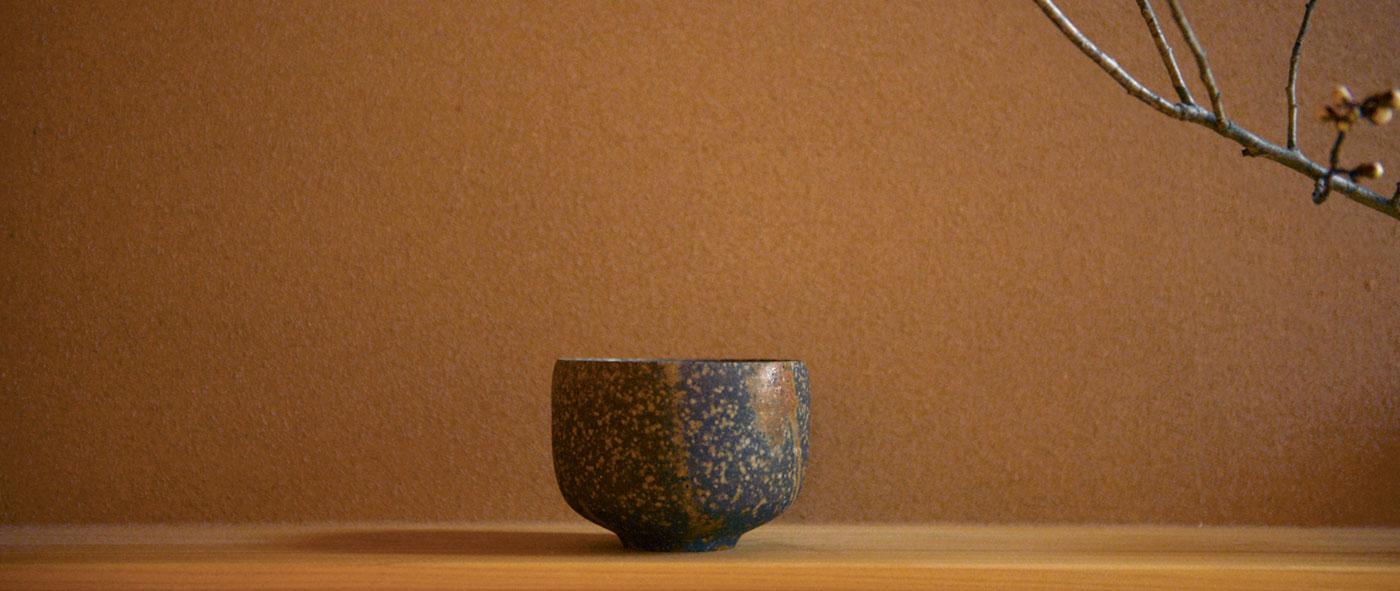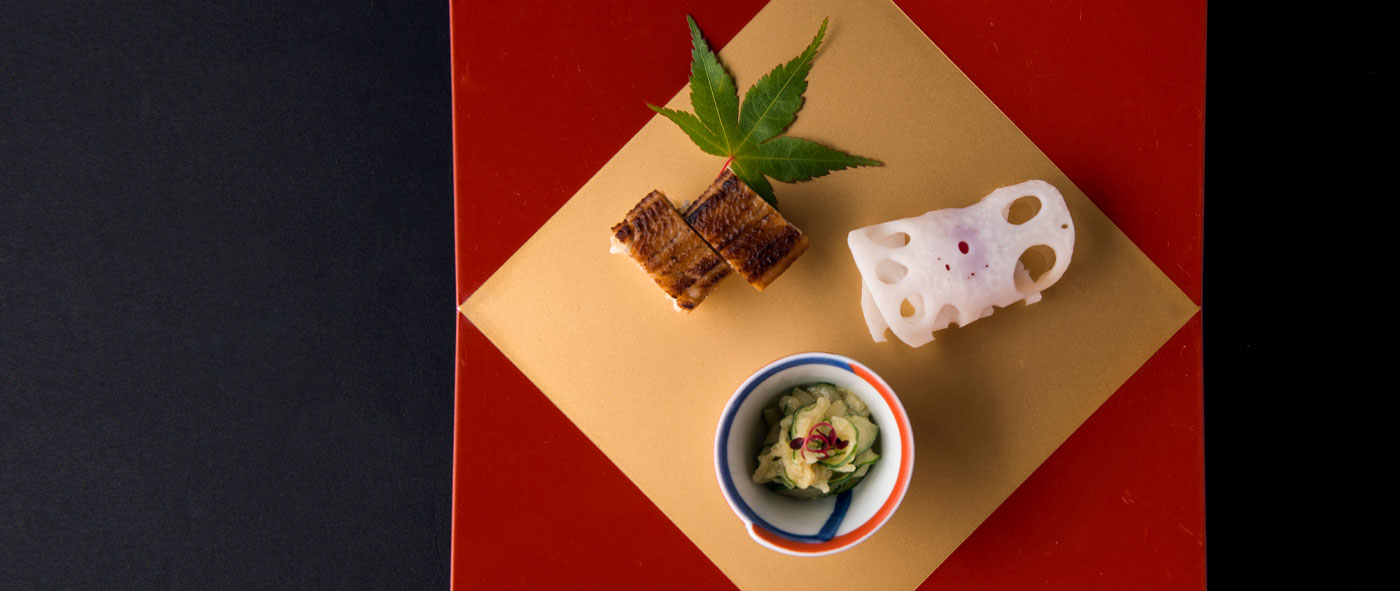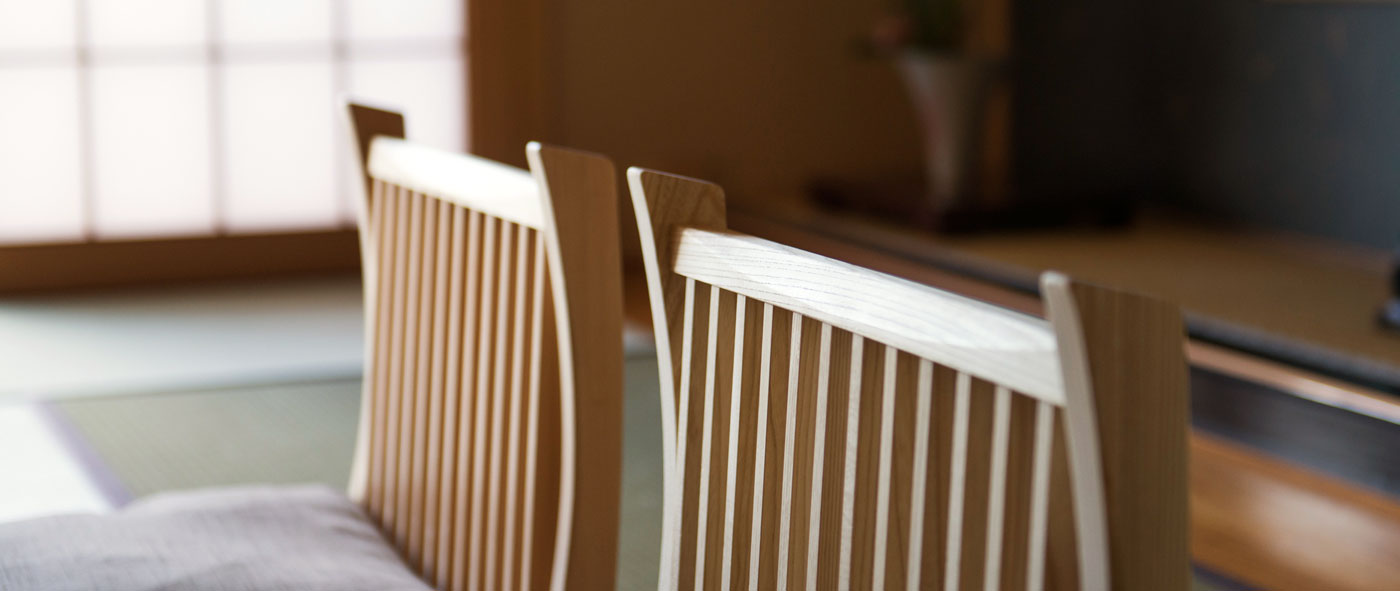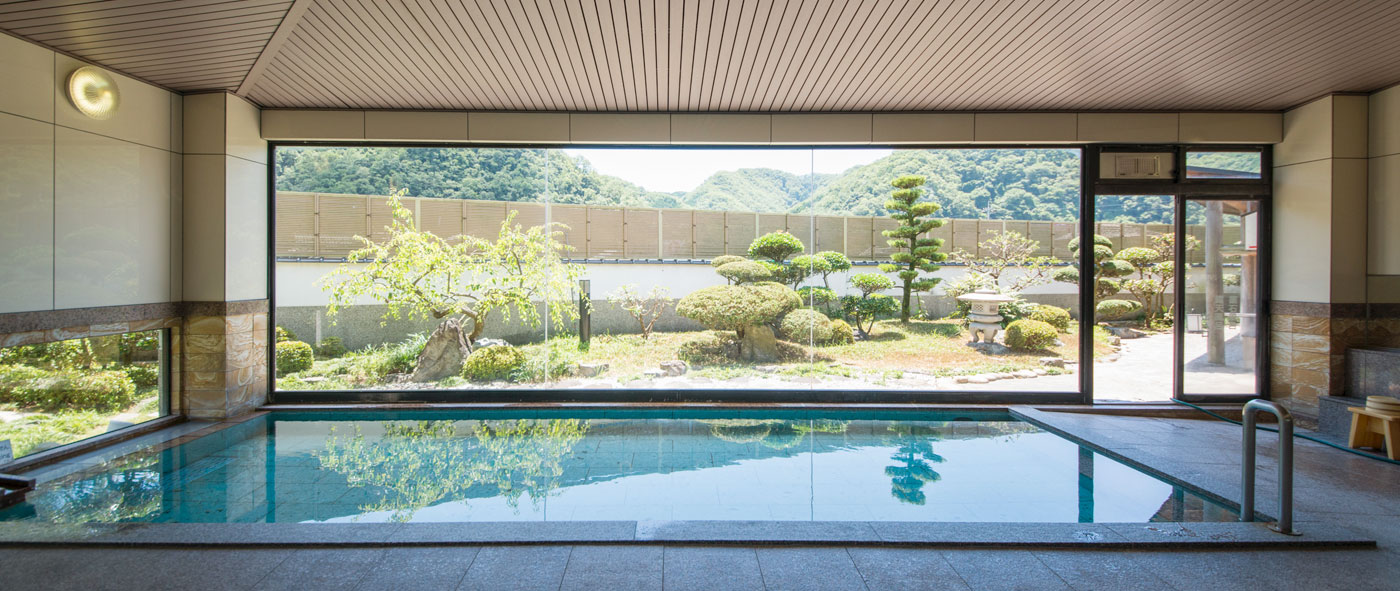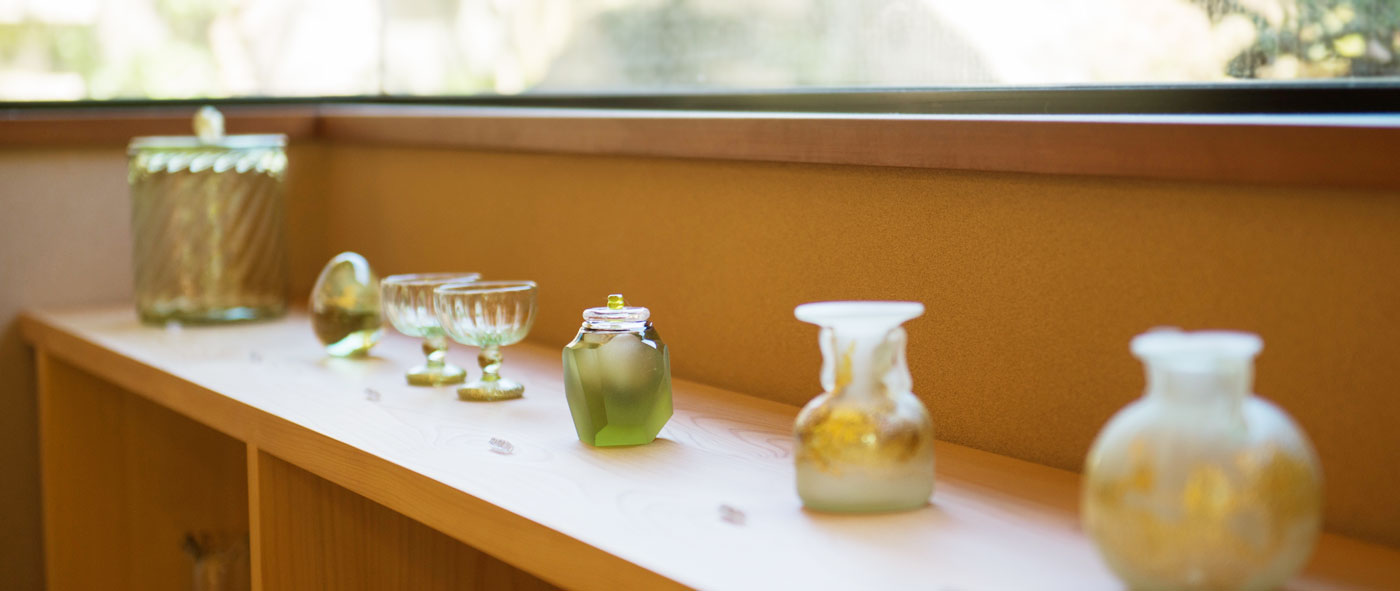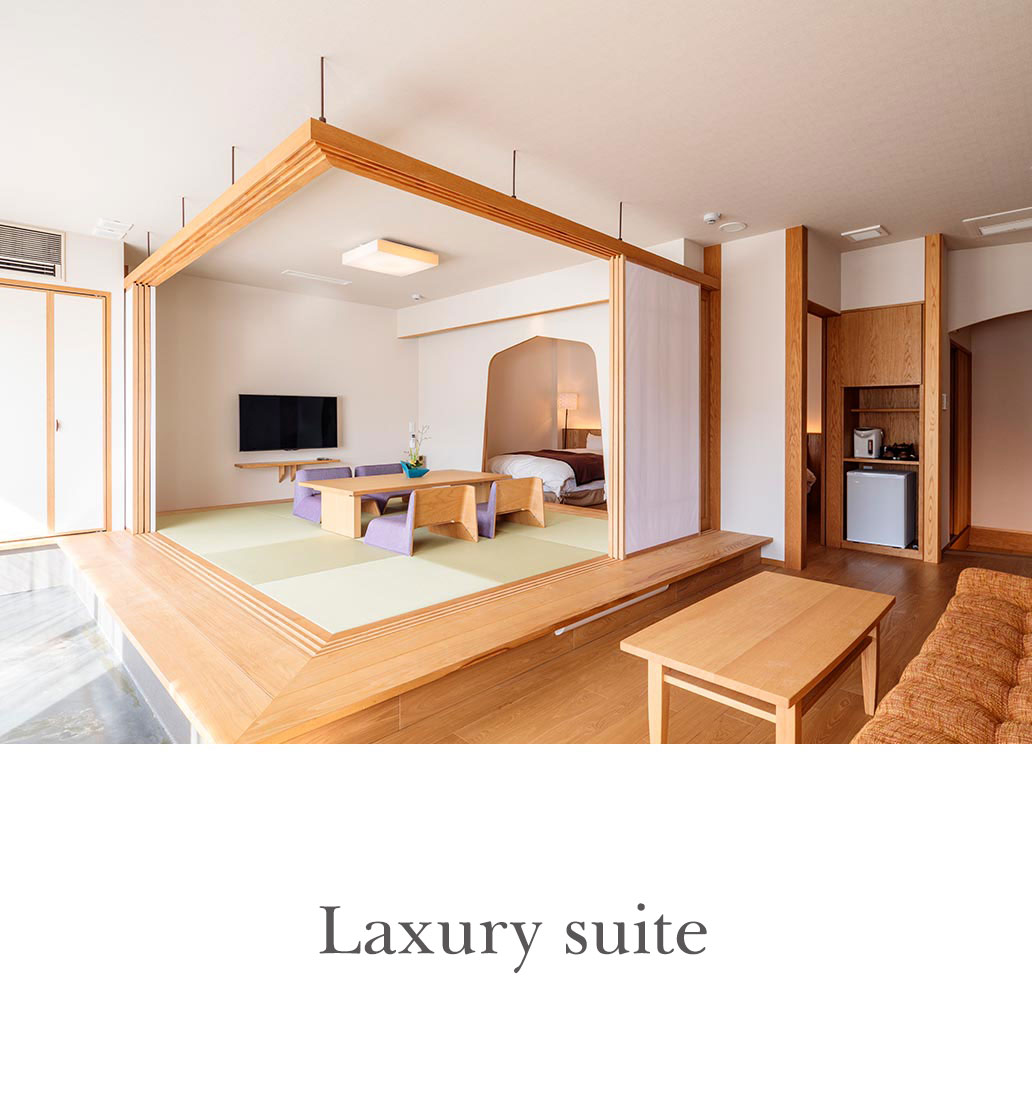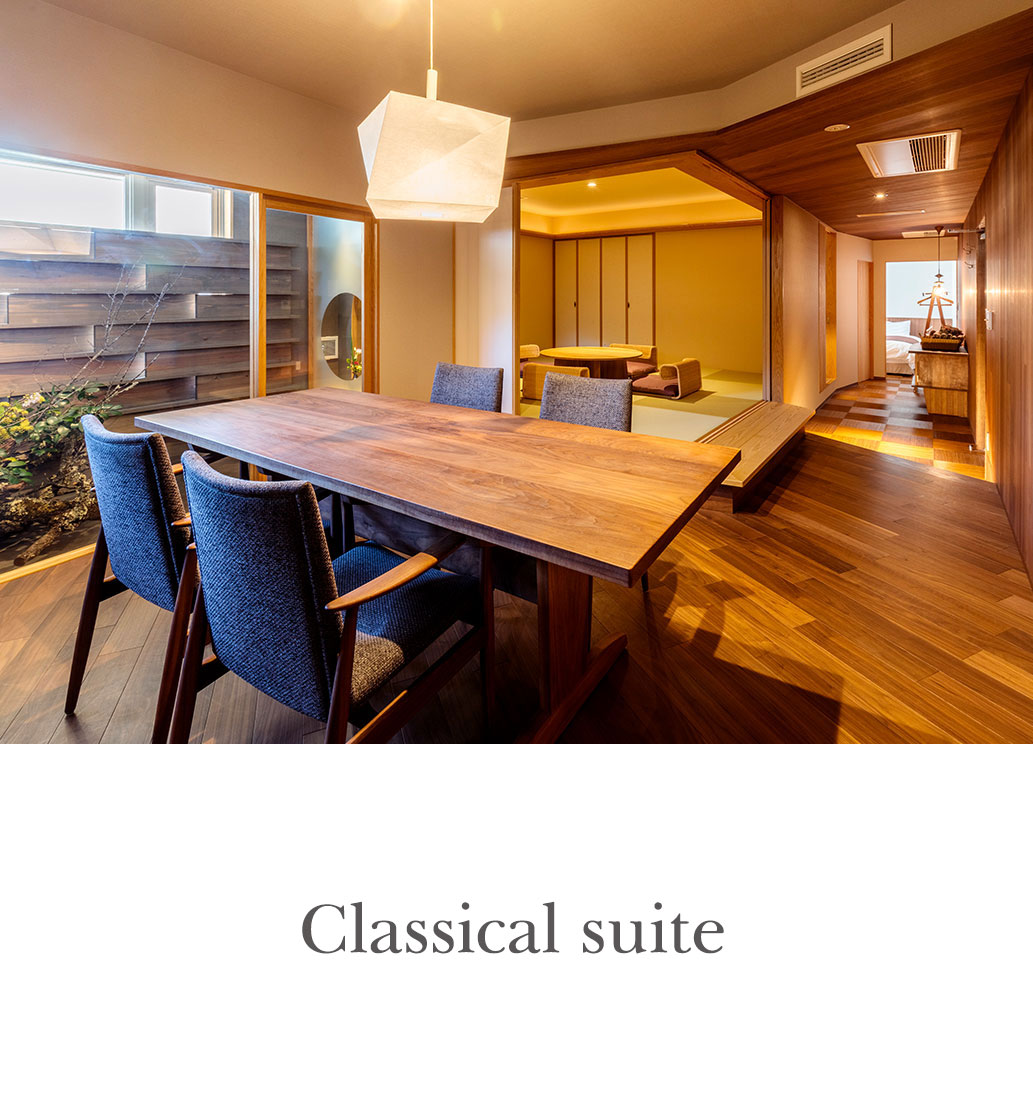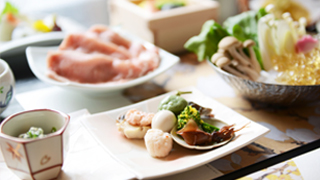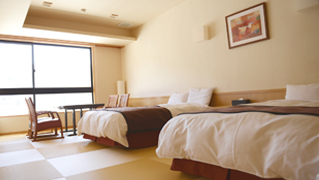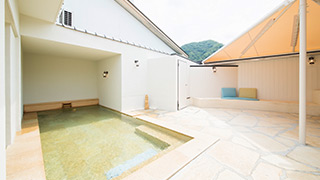Our flower displays and cuisine that relax you and lift your spirits
Yunogo Onsen, known for its healing and beautifying-skin properties, has more than 1,200 years of history.
A good long soak in a hot bath directly filled from the gushing mineral waters is said to naturally heal your cuts and scratches.
In addition, seasonal flowers grace the space throughout our ryokan and exquisitely presented seasonal dishes are what set us apart. Melt your aches and pains away in our therapeutic hot baths, and revive your very being with our flowers and cuisine.
We hope you will have a blissful time with us at Kifu no Sato ryokan.
- 2020.08.05Urushino sunflower field
- 2020.07.28COVID19 countermeasure
- 2020.07.18Summer cuisine and sake pairing☆


